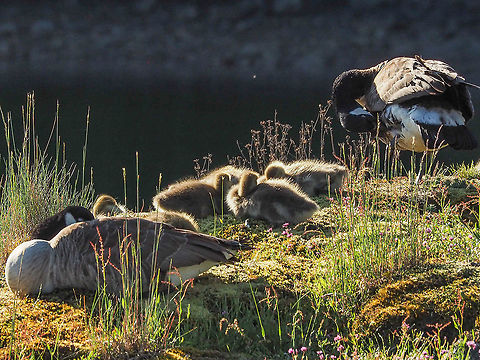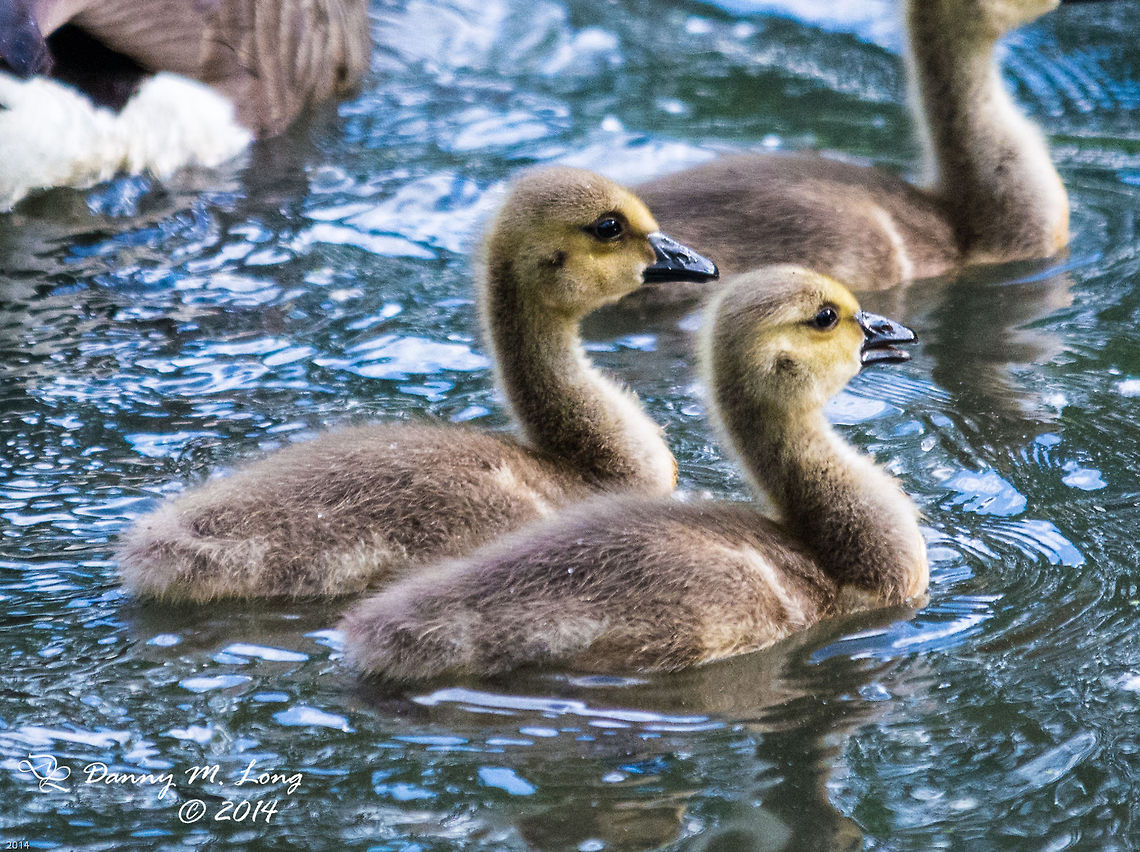
The Canada goose is a goose with a black head and neck, white patches on the face, and a brown body. Native to arctic and temperate regions of North America, it also occasionally migrates to northern Europe, and has been introduced to Britain, New Zealand, and other temperate regions.
Similar species: Ducks, Geese, Etc.
By DannyLong
All rights reserved
Uploaded May 2, 2014. Captured May 2, 2013 07:58 in 1201-1209 Randall Street, Gadsden, AL 35901, USA.


comments (8)
I do have a technical remark. You have used a shutter speed of 1/3200s which is very, very fast. In fact, for a daylight situation, with an incredible F2.8, it is probably much faster than needed to freeze the action. The result of that very fast shutter speed is that the ISO in this case is relatively high (1400), which results in noise. It's not a big problem in most cases, but it does present itself when viewing the image in a large format, or when printing it.
What I'm saying is that you have a fabulous light sensitive lens, yet you did not use its full potential in this case. The lens you have could have captured this same image at 1/500s with an ISO of 200 or lower, that's how good it is. In fact, a general rule of thumb is 1 divided by the focal length as a minimum shutter speed, so even 1/200s could have worked.
I shall now point out that I'm a hypocrite myself. I am assuming that you're shooting at auto ISO. I do it all the time with heavy zoom lenses, because often there simply is no time to think about the settings. So I'm not criticizing how you captured it, or the result of it, I'm only pointing out that your lens has a lot more power in it left still, but you probably already know that.
Anyway, I personally love the feeling of a big new powerful camera in my hands, I wish you a lot of fun in this gear evolution.
Back on topic: cuteness alert, promoted. Posted 11 years ago, modified 11 years ago
Posted 11 years ago
Ok, I'll stop now. Posted 11 years ago